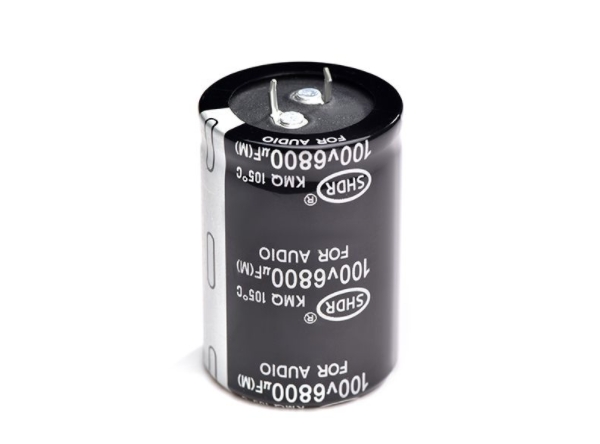What is snap-in capacitor?
A snap in capacitor is a type of electrolytic capacitor that is designed for easy installation and removal. It gets its name from the snap-in feature that allows it to be quickly and securely mounted onto a circuit board. The snap-in design makes it an ideal choice for high-density circuit boards, where space is at a premium.
The capacitor itself consists of two metal plates separated by an electrolytic material. When a voltage is applied, an electric field is created between the plates, which stores energy in the form of an electric charge. The snap-in feature of the capacitor ensures that it is held securely in place, even when subjected to high levels of vibration or shock.
One of the main benefits of snap-in capacitors is their high capacitance values. They are available in capacitance values ranging from 10uF to 68000uF, which makes them ideal for a wide range of applications. They are commonly used in power supplies, inverters, motor drives, and other high-power applications that require large amounts of energy storage.
Another advantage of snap-in capacitors is their long lifespan. They are designed to operate for up to 10,000 hours at temperatures ranging from -40°C to +105°C. This makes them a reliable and cost-effective option for applications where long-term performance is critical.
Snap-in capacitors are available in both aluminum and tantalum construction. Aluminum capacitors are typically less expensive and have higher capacitance values. However, tantalum capacitors have a higher tolerance for overvoltage and are generally more reliable over time.
When selecting a snap-in capacitor, it is important to consider the voltage rating, capacitance value, and operating temperature range. It is also important to ensure that the capacitor is compatible with the specific circuit board being used. Overall, snap-in capacitors are a versatile and reliable component that can be used in a wide range of applications.

评论
发表评论